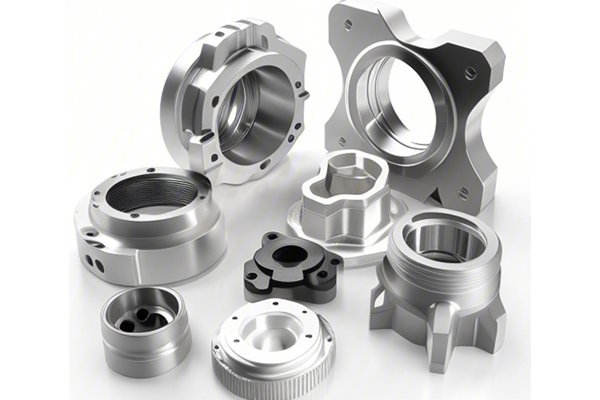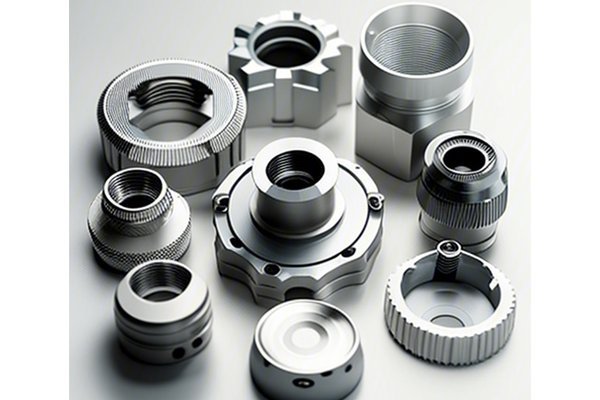Did you know that the right cutting fluid can increase tool life by 40% and reduce production costs significantly? In the world of CNC (Computer Numerical Control) machining, especially when working with materials like brass, the importance of selecting the appropriate cutting fluid cannot be overstated. Brass, known for its malleability and excellent machining properties, still presents unique challenges that can be tackled effectively with the right fluids.
In this extensive blog, we will delve into the pivotal role cutting fluids play in brass CNC processing, explore different types of cutting fluids available, the criteria for selection, and the best practices for their application. By the end, you’ll have an in-depth understanding of how to choose cutting fluids strategically to enhance your machining processes and achieve optimal results.
Understanding Cutting Fluids: An Overview
What are Cutting Fluids?
Cutting fluids are specialized liquids used in machining processes to reduce friction, remove heat, and evacuate chips and debris produced during machining. They serve several critical functions:
Types of Cutting Fluids
Cutting fluids can be categorized into several types, and the choice depends on the specific machining operations and materials involved:
The Importance of Cutting Fluids in Brass CNC Machining
Challenges of Machining Brass
Machining brass offers unique benefits, including its excellent machinability and desirable aesthetic properties. However, some challenges remain, such as:
The Role of Cutting Fluids
Cutting fluids can effectively address these challenges:
Key Considerations for Selecting Cutting Fluids for Brass CNC Processing
When selecting cutting fluids for brass CNC machining, consider the following factors:

Different machining operations (turning, milling, drilling, etc.) may require specific cutting fluids. For instance, heavy machining might benefit from straight oils due to their better lubrication properties, while lighter operations could use water-soluble fluids for enhanced cooling.
The cutting tool material, whether it be high-speed steel (HSS) or carbide, affects cutting fluid performance. Carbide tools generally require fluids that provide high lubrication, while HSS tools benefit most from strong cooling fluids.
Factors such as spindle speed, feed rate, and depth of cut can influence fluid selection. Higher speeds may necessitate cooling fluids to dissipate additional heat while lower speeds might allow for the use of more viscous lubricants.
Complex shapes might require cutting fluids that provide superior lubricative properties and good chip management to facilitate better flow and removal.
The ecological footprint of the selected cutting fluid is essential in today’s manufacturing environment. Consider biodegradable options to minimize harmful environmental impacts.
Budget constraints can dictate fluid selection. It is important to strike a balance between high-quality performance and the cost-effectiveness of the fluid.
Best Practices for Using Cutting Fluids in Brass CNC Processing
To ensure the optimal application of cutting fluids in brass CNC machining, adhere to the following best practices:
Ensure that the cutting fluid is applied adequately where it is needed most. Drip systems, mist systems, or flood cooling techniques can effectively manage fluid application depending on the machining operation.
Regular maintenance of the cutting fluid is crucial to prevent the growth of bacteria and maintain performance characteristics. It is essential to monitor the coolant concentration, pH levels, and contamination levels to assure its efficacy.
Keep an eye on tool wear and performance to determine if the cutting fluid is meeting its intended goals. This practice also helps in planning tool changes before failures occur, optimizing tools’ life cycles, and ensuring consistent quality.
Ensure that operators are well-trained in the properties and applications of cutting fluids. Providing staff with ongoing education allows them to make informed decisions regarding cutting fluid use and its effects on production quality.
Cutting fluids can contain harmful additives. It’s vital to prioritize safety by providing appropriate personal protective equipment (PPE) and maintaining proper ventilation in machining areas.
Case Study: Success in Brass CNC Processing with the Right Cutting Fluid
Consider a hypothetical CNC machining company, Precision Brass Works. They were facing challenges with tool wear and diminished surface finish quality in their brass components. After analyzing their cutting fluid use, they transitioned from a water-soluble fluid that wasn’t sufficient for their high-speed operations to a premium straight oil that offered greater lubrication.
The results were impressive: tool life increased by 50%, and surface finish improved, leading to a reduction in secondary finishing requirements. This case exemplifies how the right cutting fluid choice can transform machining outcomes.
Selecting the appropriate cutting fluid for brass CNC processing is not merely an afterthought; it is a critical component of achieving optimal manufacturing results. By understanding the different types of cutting fluids, the challenges associated with brass machining, and the best practices for application, manufacturers can dramatically enhance tool life, improve surface quality, and reduce production costs.
In a landscape where precision and efficiency matter more than ever, your choice of cutting fluid could well determine the success of your CNC machining operations. The implications of these decisions reach far beyond the factory floor, influencing everything from ecological impact to market competitiveness.
The knowledge shared in this blog serves as a foundation for informed decision-making in the CNC machining domain. As you ponder over your operational choices, remember that the right cutting fluid selection is not just about performance improvements—it’s about setting the stage for long-term success in an increasingly complex manufacturing landscape.






